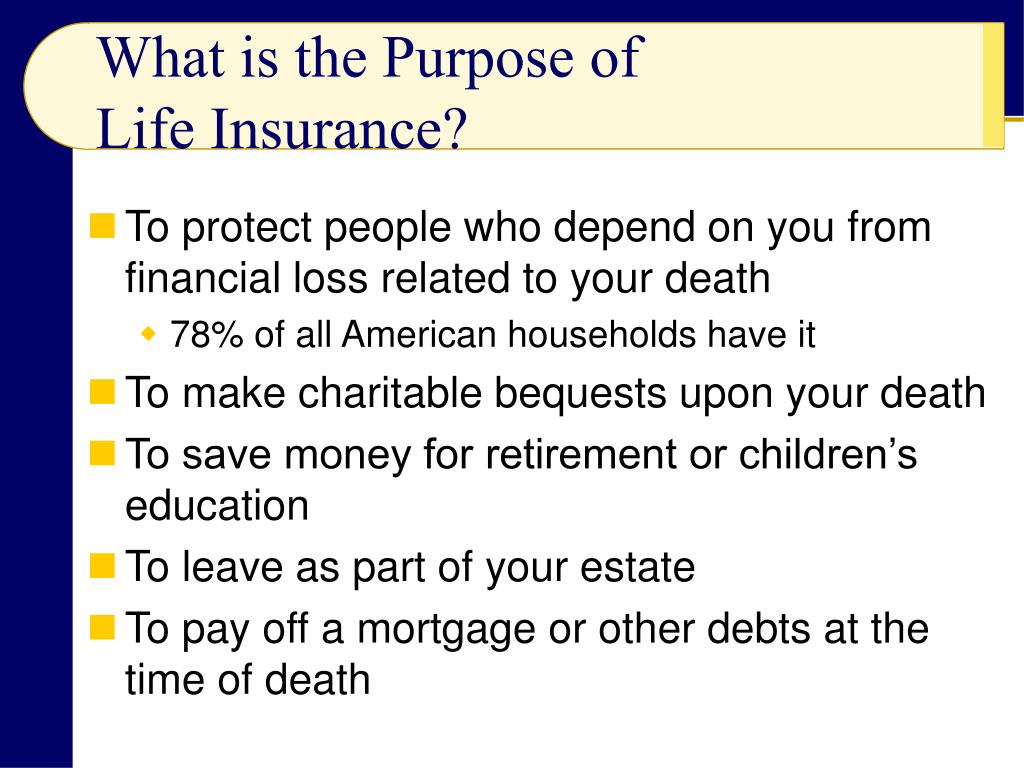6 Easy Facts About Pacific Prime Shown
Wiki Article
Little Known Questions About Pacific Prime.
Table of ContentsPacific Prime Things To Know Before You BuyUnknown Facts About Pacific PrimeNot known Details About Pacific Prime Not known Details About Pacific Prime 6 Easy Facts About Pacific Prime Described

This is since the information were gathered for a period of strong economic efficiency. Of the approximated 42 million individuals that were without insurance, almost concerning 420,000 (concerning 1 percent) were under 65 years old, the age at which most Americans end up being qualified for Medicare; 32 million were adults between ages 18 and 65, around 19 percent of all adults in this age; and 10 million were youngsters under 18 years old, about 13.9 percent of all children (Mills, 2000).
These price quotes of the number of persons without insurance are created from the yearly March Supplement to the Current Population Survey (CPS), carried out by the Demographics Bureau. Unless or else kept in mind, nationwide estimates of people without wellness insurance policy and proportions of the populace with various type of coverage are based on the CPS, one of the most extensively utilized source of estimates of insurance protection and uninsurance prices.
Not known Facts About Pacific Prime

Still, the CPS is particularly beneficial because it produces yearly estimates fairly rapidly, reporting the previous year's insurance protection estimates each September, and because it is the basis for a consistent collection of estimates for greater than two decades, allowing for evaluation of patterns in protection in time. For these reasons, along with the substantial usage of the CPS in other research studies of insurance protection that exist in this record, we count on CPS quotes, with restrictions kept in mind.

The estimate of the variety of without insurance people broadens when a population's insurance policy condition is tracked visite site for numerous years. Over a three-year period starting early in 1993, 72 million people, 29 percent of the U.S. https://pacificpr1me.blog.ss-blog.jp/2024-04-03?1712088442. population, lacked insurance coverage for at the very least one month. Within a solitary year (1994 ), 53 million people experienced a minimum of a month without insurance coverage (Bennefield, 1998a)
Six out of every ten uninsured grownups are themselves used. Working does improve the probability that one and one's family members will have insurance policy, it is not a guarantee. Also members of family members with two permanent wage earners have virtually a one-in-ten chance of being without insurance (9.1 percent uninsured price) (Hoffman and Pohl, 2000).
All about Pacific Prime
New immigrants account for a considerable proportion of individuals without health insurance policy. One analysis has associated a considerable section of the current development in the size of the united state without insurance populace to immigrants who arrived in the nation in between 1994 and 1998 (Camarota and Edwards, 2000). Recent immigrants (those who concerned the USA within the past four years) do have a high price of being uninsured (46 percent), but they and their kids represent just 6 percent of those without insurance nationally (Holahan et al., 2001).The connection between health insurance coverage and accessibility to care is well developed, as recorded later in this chapter. The partnership in between health and wellness insurance coverage and health end results is neither straight nor easy, a comprehensive clinical and wellness services research literary works links wellness insurance policy coverage to improved accessibility to care, better top quality, and enhanced individual and populace health status.
Degrees of analysis for examining the results of uninsurance. It focuses specifically on those without any kind of wellness insurance for any size of time.
Fascination About Pacific Prime
The problems dealt with by the underinsured are in some respects comparable to those dealt with by the uninsured, although they are usually less extreme. Health and wellness insurance, however, is neither needed nor enough to acquire access to clinical solutions. The independent and straight effect of health insurance policy protection on accessibility to health services is well established.
Others will get the health and wellness treatment they require even without medical insurance, by paying for it expense or seeking it from carriers that provide treatment complimentary or at very subsidized prices. For still others, medical insurance alone does not make certain receipt of care due to various other nonfinancial barriers, such as a lack of healthcare service providers in their area, minimal accessibility to transport, illiteracy, or linguistic and social distinctions.
8 Simple Techniques For Pacific Prime
Official study concerning without insurance populations in the United States dates to the late 1920s and early 1930s when the Committee on the Cost of Treatment produced a series of reports about financing physician office visits and hospital stays. This concern ended up being salient as the numbers of medically indigent climbed during the Great Clinical depression.Report this wiki page